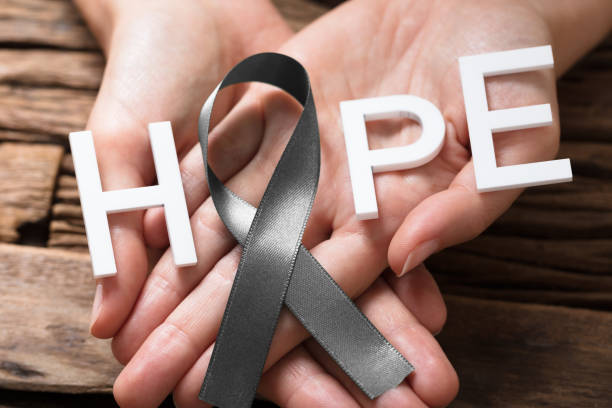
If you’re new to Parkinson’s disease, this article is here to provide you with a clear understanding of what it is and how it affects individuals. We’ll also explore the available treatment options and support systems that can assist both patients and their families in managing the condition effectively. Whether you’re a patient, caregiver, or simply seeking information, this guide aims to offer valuable insights into Parkinson’s disease.
What is Parkinson’s Disease?
Parkinson’s disease is a neurological disorder that primarily affects movement. It occurs when certain cells in the brain responsible for producing dopamine begin to degenerate. Dopamine is a chemical messenger that helps control movement and coordination. When these cells are damaged, it leads to a shortage of dopamine, resulting in symptoms such as tremors, slowed movement, muscle stiffness, and balance issues.
Treatment Options:
While there is currently no cure for Parkinson’s disease, several treatment options are available to manage its symptoms effectively. These options include:
1. Medications:
Dopamine replacement drugs, such as Levodopa, can help replenish dopamine levels in the brain, reducing motor symptoms like tremors and stiffness. Other medications may be prescribed to address specific symptoms or to enhance the effects of Levodopa.
2. Deep Brain Stimulation (DBS):
DBS is a surgical procedure that involves implanting electrodes in specific areas of the brain. These electrodes deliver electrical impulses to help regulate abnormal brain activity and alleviate motor symptoms. DBS can be an effective option for those who do not respond well to medication alone.
3. Physical and Occupational Therapy:
Physical and occupational therapy play crucial roles in managing Parkinson’s disease. Physical therapy focuses on exercises and techniques to improve mobility, strength, and balance, while occupational therapy helps patients maintain independence and adapt to daily tasks.
Support Systems for Patients and Families:
Living with Parkinson’s disease can be challenging, but there are various support systems available to assist patients and their families:
1. Support Groups:
Joining support groups provides an opportunity to connect with others facing similar challenges. These groups offer emotional support, share experiences, and provide valuable advice for managing the disease.
2. Caregiver Support:
Caregivers play a vital role in the lives of Parkinson’s patients. Support programs and resources are available to help caregivers navigate their role, manage stress, and access relevant information.
3. Education and Resources:
Numerous organizations offer educational materials, online resources, and workshops to help patients and families understand Parkinson’s disease better. These resources provide valuable information about the condition, treatment options, and coping strategies.
4. Counseling and Mental Health Support:
Living with a chronic condition can take a toll on mental health. Seeking counseling or therapy services can help individuals cope with emotional challenges, anxiety, and depression associated with Parkinson’s disease.
Parkinson’s disease is a neurological disorder that affects movement and coordination. While there is no cure, various treatment options, such as medications and deep brain stimulation, can help manage symptoms effectively. Support systems, including support groups, caregiver support, educational resources, and mental health services, are available to assist patients and their families throughout their journey with Parkinson’s. By understanding the condition and accessing these resources, individuals can lead fulfilling lives while effectively managing the challenges posed by Parkinson’s disease.